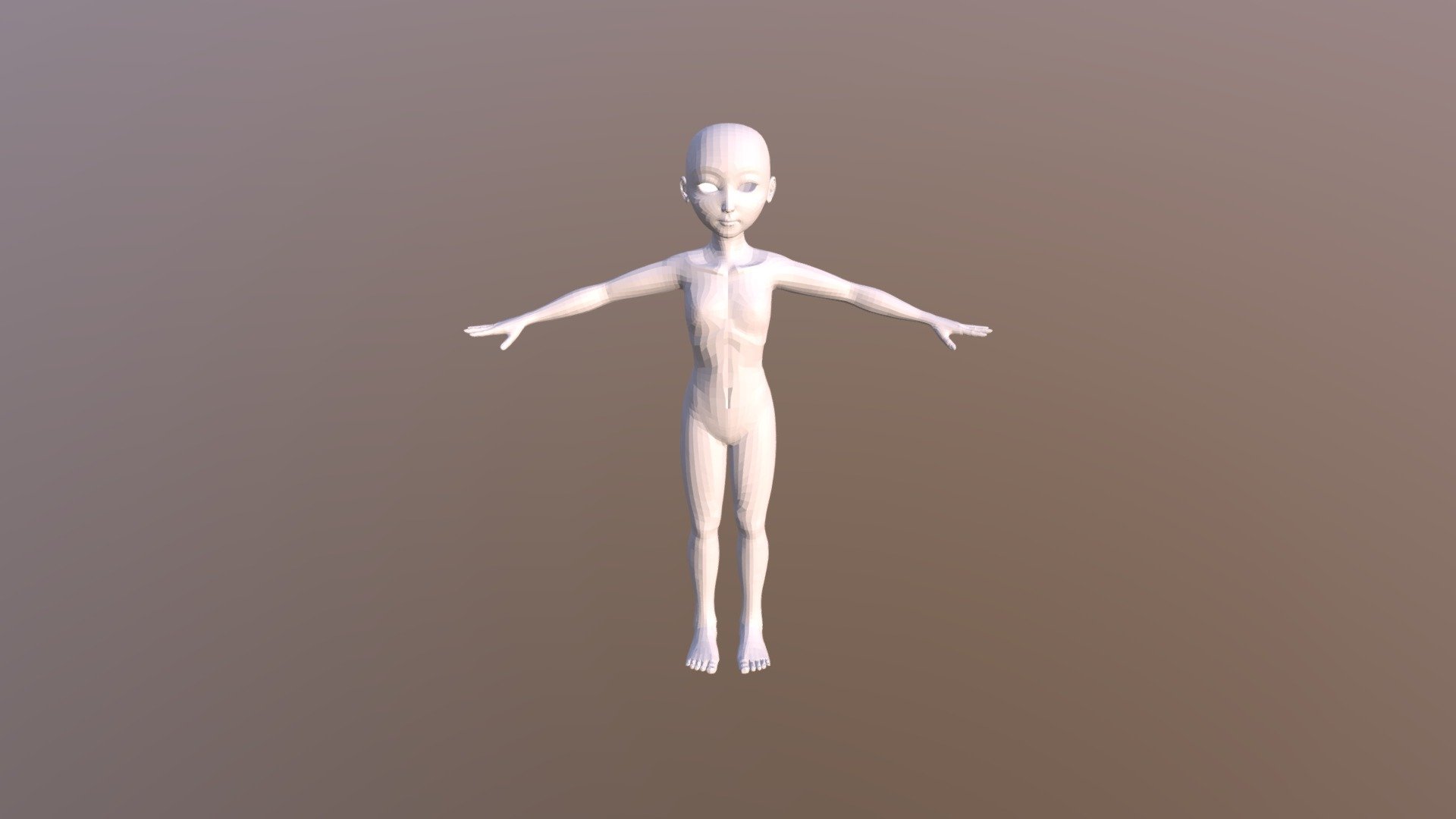
Biaoqing2
sketchfab
Human behavior is a complex and multifaceted phenomenon that has captivated scientists and philosophers for centuries. Despite its intricacies, human behavior can be broadly categorized into two distinct types: intentional and unintentional. Intentional behavior refers to actions that are consciously chosen and deliberately carried out, whereas unintentional behavior encompasses reactions or responses that occur without prior thought or deliberation. In the realm of psychology, researchers have long sought to understand the underlying mechanisms driving human behavior. One influential theory is attachment theory, which posits that early relationships with caregivers shape our attachment styles and influence subsequent interactions. According to this perspective, humans exhibit a range of attachment styles, including secure, anxious-preoccupied, dismissive-avoidant, and fearful-avoidant. Another significant area of study is the concept of habituation, which suggests that repeated exposure to stimuli can lead to decreased responsiveness over time. This phenomenon has been observed in various domains, from sensory perception to social interactions. By understanding how humans habituate to different stimuli, researchers aim to develop more effective strategies for promoting learning and retention. The field of neuroscience has also made significant contributions to our comprehension of human behavior. Neuroimaging techniques such as functional magnetic resonance imaging (fMRI) have enabled scientists to visualize brain activity in real-time, providing valuable insights into the neural mechanisms underlying various behaviors. For instance, research has shown that distinct brain regions are activated when individuals engage in different activities, from problem-solving to emotional regulation. Furthermore, advances in genetics and epigenetics have shed light on the genetic factors influencing human behavior. Twin studies, for example, have revealed significant heritability of certain traits, such as intelligence quotient (IQ) and personality characteristics. Additionally, epigenetic modifications have been linked to environmental influences, suggesting that gene expression can be shaped by external factors. In conclusion, human behavior is a rich and dynamic field of study that continues to fascinate researchers from diverse disciplines. By integrating insights from psychology, neuroscience, genetics, and other areas, scientists aim to develop a more comprehensive understanding of the complex mechanisms driving human behavior.
With this file you will be able to print Biaoqing2 with your 3D printer. Click on the button and save the file on your computer to work, edit or customize your design. You can also find more 3D designs for printers on Biaoqing2.
